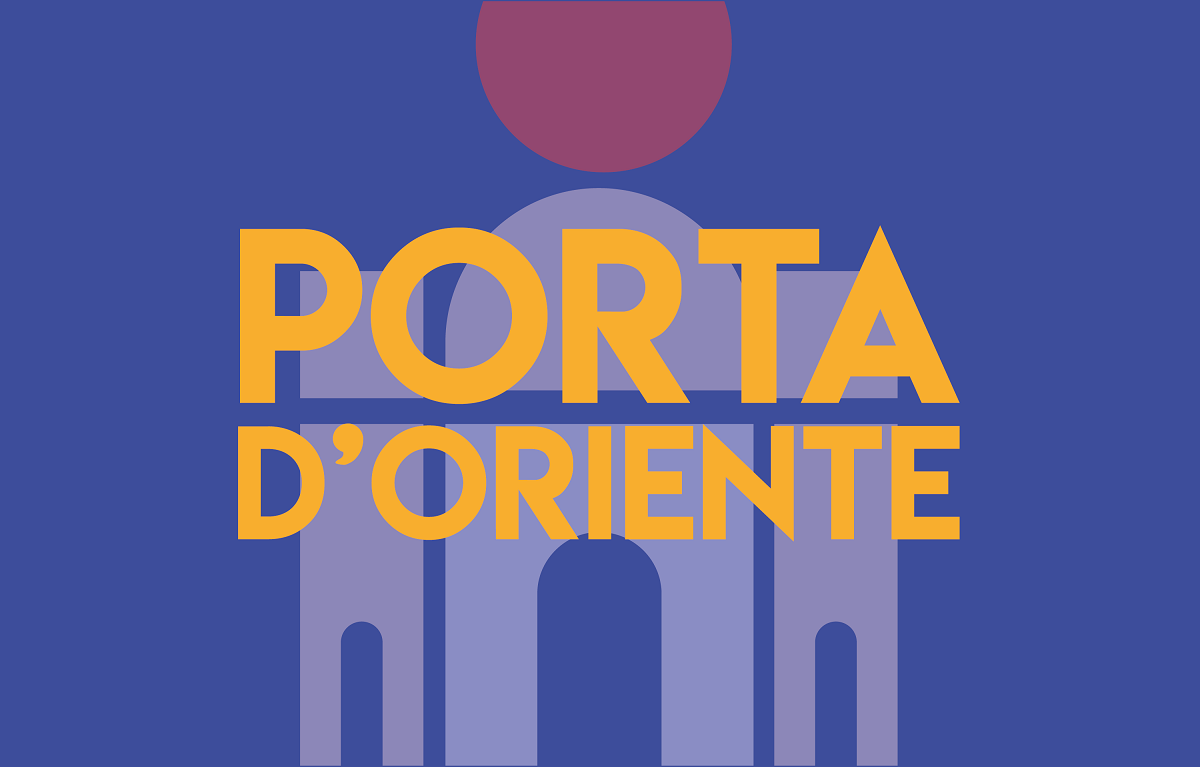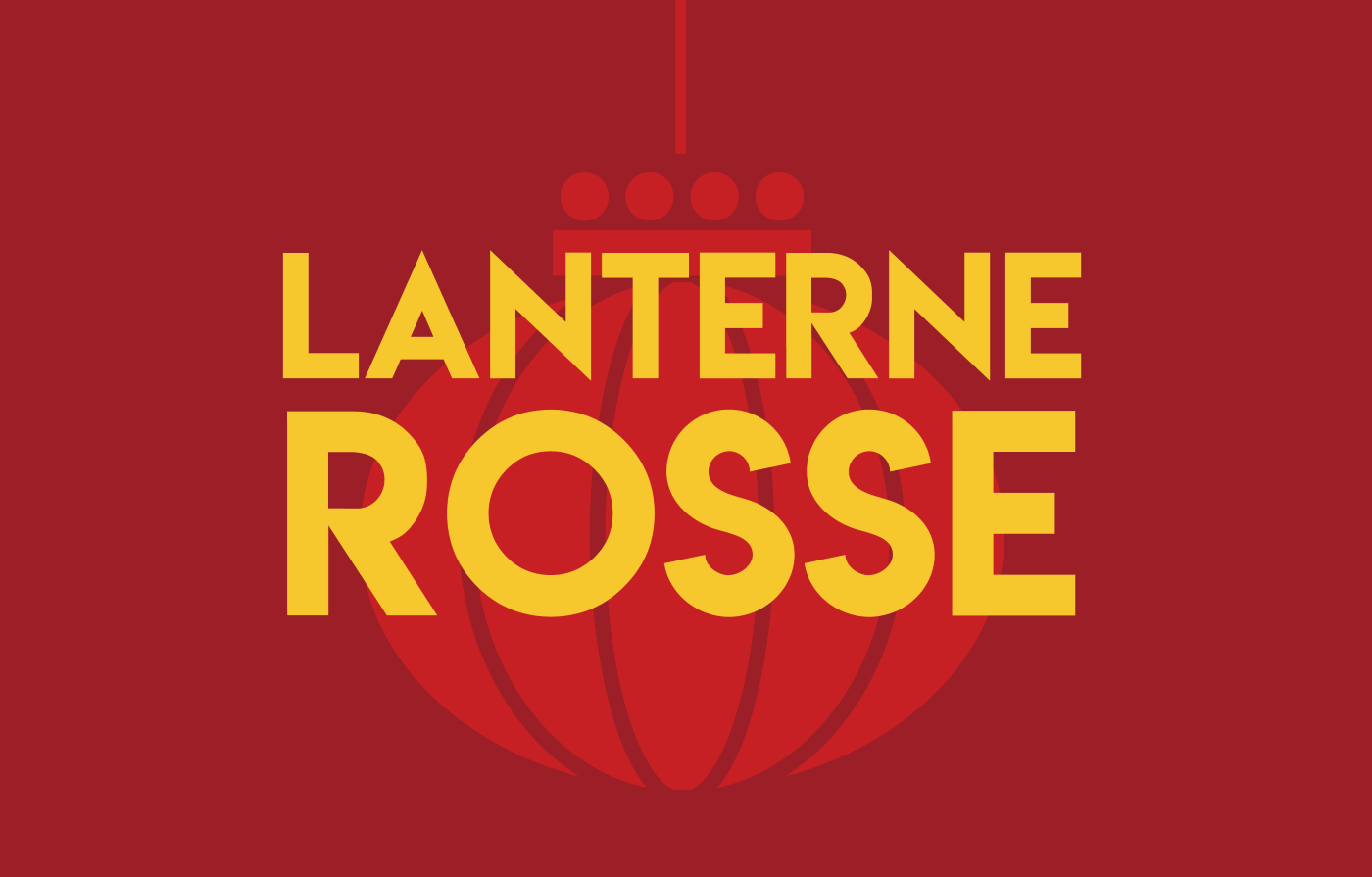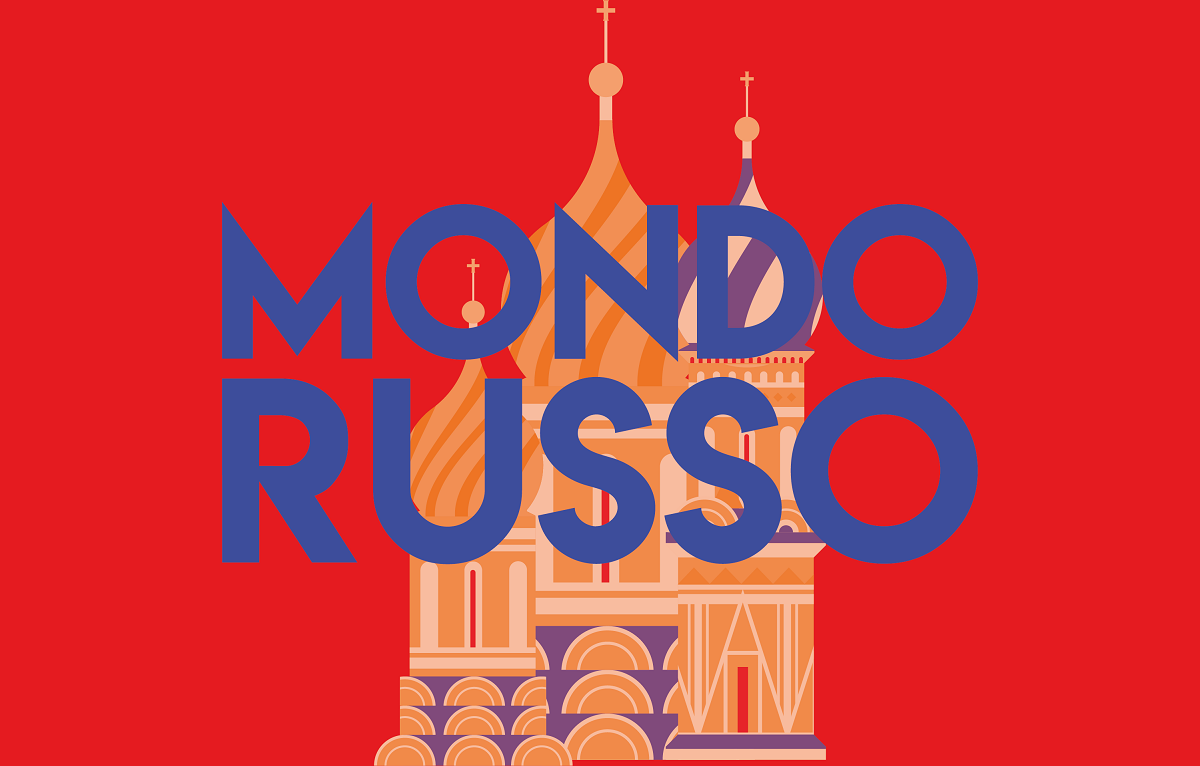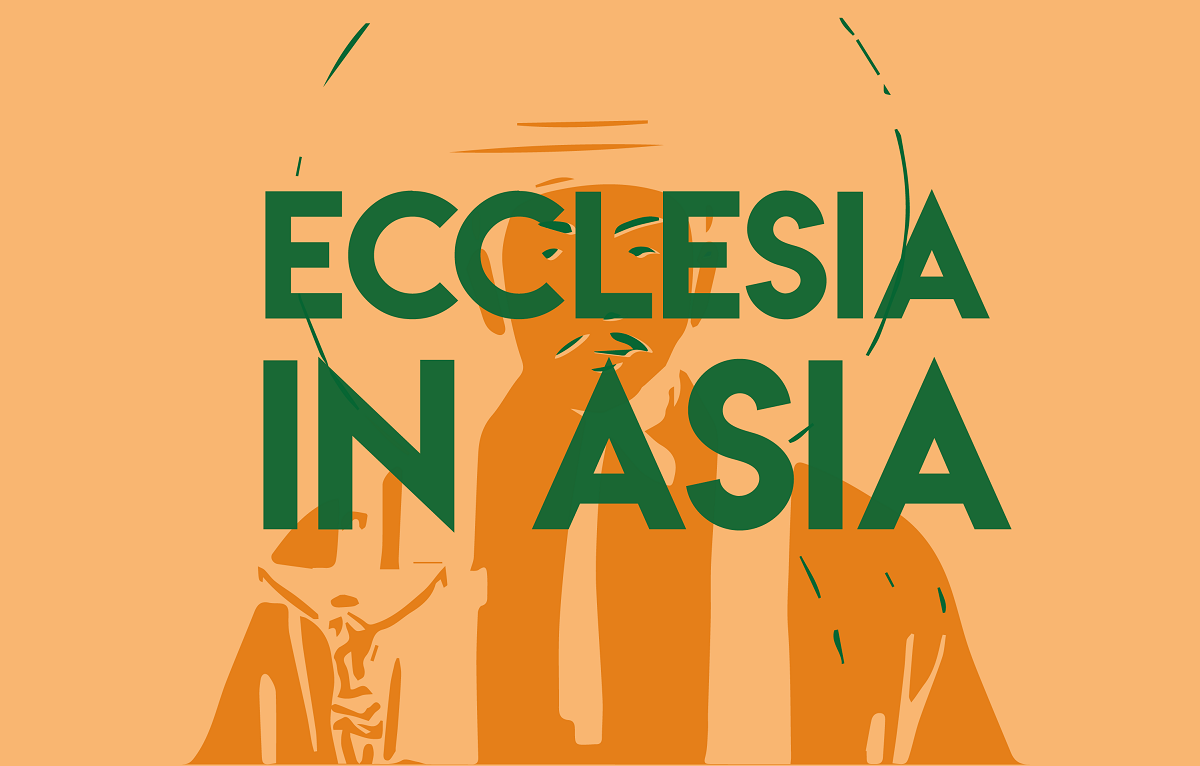Caravaggio's deposition at Expo 2025 in Osaka: 'image of every man'
Vatican Museums Director Barbara Jatta and Auxiliary Bishop Andrea Lembo of Tokyo explained the symbol of hope lent by the Vatican to the world expo currently underway in Japan. The painting is on display for six months in a dedicated area inside the Italian Pavilion. For the prelate, “Caravaggio does not ask us to believe. He only asks us to look and try to recognise that that body could be ours”.
Rome (AsiaNews) – The Holy See is at the Expo 2025 in Osaka, which opened on 13 April till 13 October, its presence centred on the Jubilee-inspired theme of “Beauty brings hope”. A tangible sign of this is Caravaggio's The Entombment of Christ (1603-1604, oil on canvas), specifically flown to Japan for the world expo.
Held at the Pinacoteca Vaticana, the painting is one of the greatest works of European art of the 17th century, a later piece by the Italian artist. A series of Art Talks were held yesterday in a dedicated area inside the Italian Pavilion, explaining the long journey that led the work to the Expo, thanks to cooperation between Italy and the Holy See.
26 May 2025 Caravaggio's Deposition
Auxiliary Bishop Andrea Lembo of Tokyo opened the talks about the masterpiece focused on ‘Caravaggio's Entombment: a shared pain, a cure that saves’.
“I would like to look at this work through the eyes of the Japanese who, upon entering the Vatican pavilion, can see a work that is practically devoid of all those religious signs that are typically found in all sacred works from the age of icons to the Renaissance,” said the prelate who has served in Japan for the past 16 years.
"Let's imagine for a moment that we see Caravaggio's deposition from the cross, without knowing anything about the man at the centre of the scene, nor about his companions: no Gospel, no name, no doctrine. In front of us, only a lifeless body lies, and around distraught figures who take care of him. No glorification, no halo. Only humanity, flesh, gravity, silence,” Bishop Lembo said.
This is what emerges from looking at this work without preconceptions, abandoning oneself to its universal symbols, which represent humanity. About the "man at the centre," Jesus, we can see that "his flesh [is] not idealised: it is heavy, twisted, real.”
Bishop Lembo described some of the details on the canvas, starting from the presence of other people, who are holding him, each expressive in their own way. Lembo also highlighted the use of light, darkness and the sense of depth, typical of Caravaggio.
“This deposed and loved body is no exception. It is the image of every man. We have all passed through a mother's womb, we have all been swaddled, fed, cradled," said the bishop. “One day we shall all be naked again, fragile, unable to stand on our own. It is precisely there, in the two extremes of life, birth and death, that one realises what really saves: not strength, not fame, not knowledge, but caring."
Thus, human care – an expression of humanity that makes no distinction of origin, culture and religion – touches every observer. “Those who are born cannot survive without care. Those who die need hands to accompany them. In both cases one is completely in the hands of others.”
"No one escapes," Lembo added in reference to the people surrounding the deposed body. None drives away pain, which is both "physical" and "in the soul". "Caravaggio does not ask us to believe. He only asks us to look. And in trying to recognise that that body could be ours, and that those hands that support it are the only true response to the pain of the world,” the prelate noted.
"In an age in which we run, forget, turn our gaze in indifference, the deposition reminds us of a simple and profound truth: In the fragility of humanity, care becomes the highest form of hope and therefore of beauty.”
Dr Barbara Jatta, director of the Vatican Museums, spoke after Bishop Lembo.
“Caravaggio's deposition is a work that must be looked at; each visitor must experience it emotionally,” she stressed. The work arrived in Japan "in a difficult year", namely that of the Jubilee, she said.
The Caravaggio exhibited in Osaka is in fact “one of the key works of the Pinacoteca Vaticana, of the pope's collections." It was not easy to choose to move it at a time of great influx of pilgrims and visitors to Rome.
The decision was finally taken following discussion among several people, including Archbishop Rino Fisichella, but, above all, Pope Francis.
“He personally wished to have such an important work, so crucial for our collections, shared at a world expo, here, so far from our lands,” Jatta explained.
It is estimated that hitherto four out of five Expo visitors were Japanese, and not all "will have the opportunity to see it again in the Vatican," she added.
"It is a reflection on death, pity and redemption, about care, about caring for loved ones, done with unprecedented visual force," Director Jatta said.
Providing a historical excursus of the painting, she explained that the painting was created thanks to a private client, and was destined for the Vittrice Chapel of the Church of Santa Maria in Vallicella, Rome.
One of Napoleon Bonaparte's emissaries took it to the Louvre in Paris, where she remained until 1816. After Waterloo, Antonio Canova brought it back to Italy following a diplomatic mission. A copy by Michail Köck is now placed in the designated area in the Church of Santa Maria in Vallicella.
In concluding, Jatta pointed out that the initial doubts over keeping The Entombment of Christ away from the Pinacoteca for six long months evaporated thanks to the realisation that the exhibit in Japan is part of the mission of the Vatican Museums, which is to "preserve", but, above all, to "share" the extraordinary heritage it hosts.
“The heritage that the pontiffs have collected and preserved over the centuries is not ours,” said the director. The Vatican Museums are now entrusted with the task of “handing it down,” she explained. “The Osaka Expo is a beautiful way to share that.”
21/12/2023 14:56
28/10/2024 18:03
09/04/2023 00:50
03/12/2024 14:45





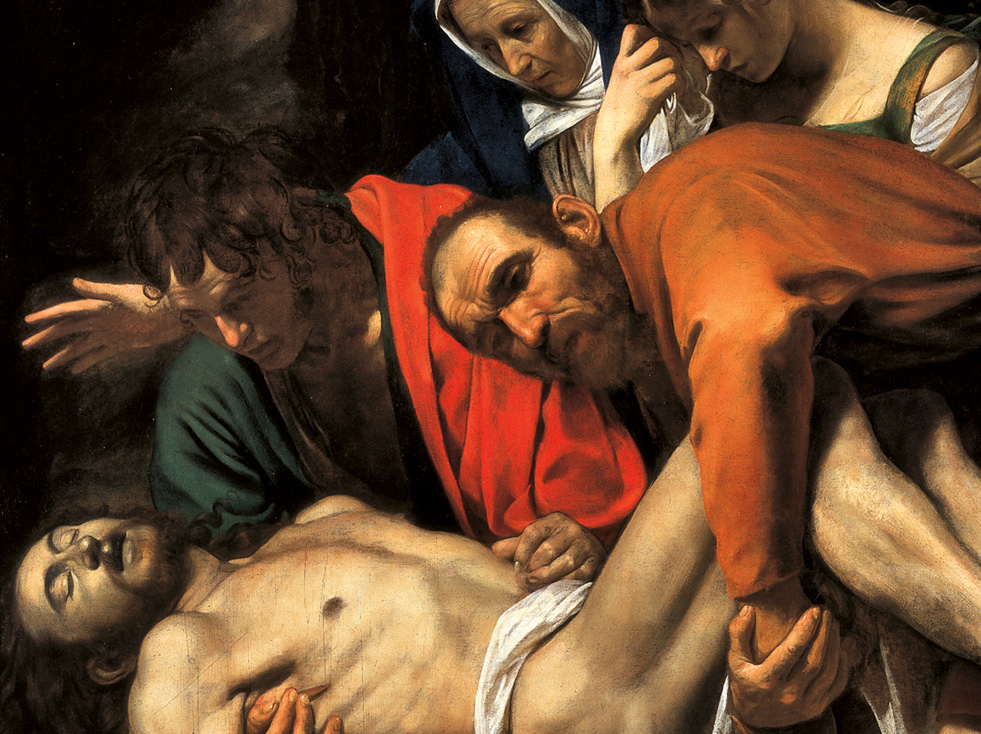
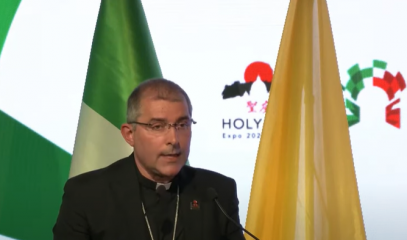
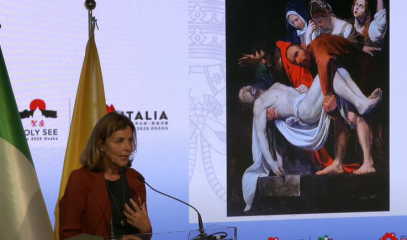

.png)
